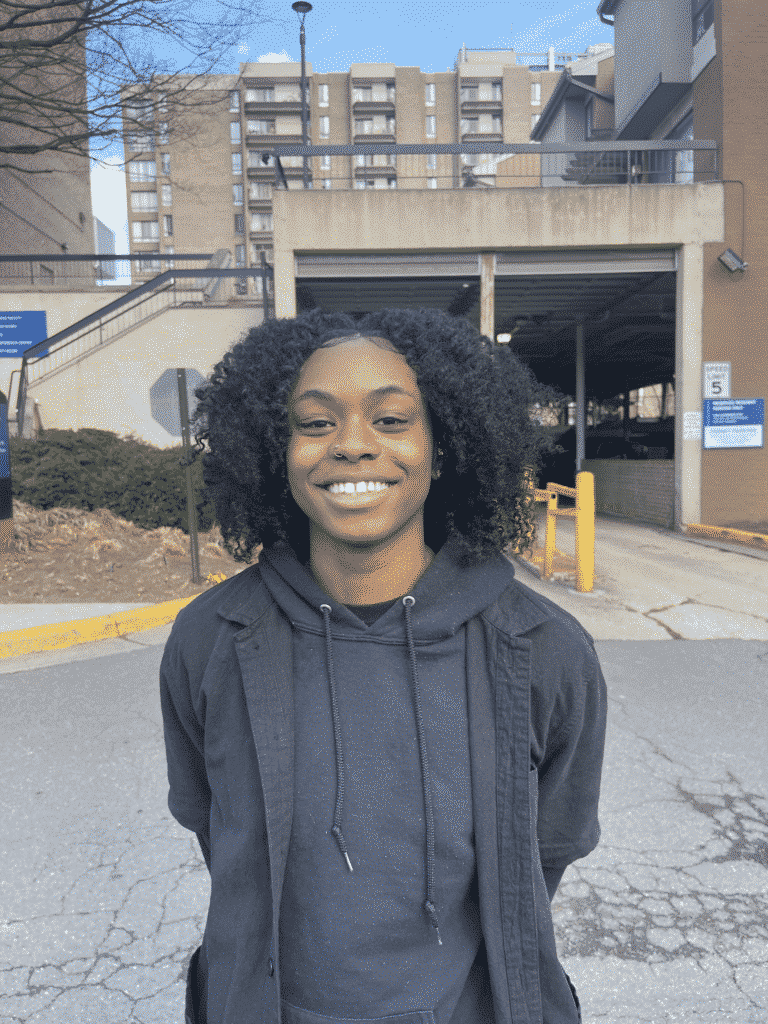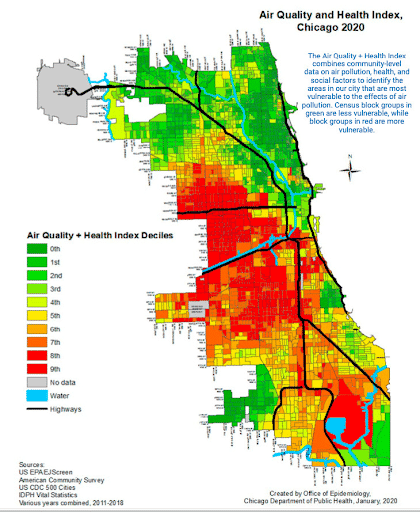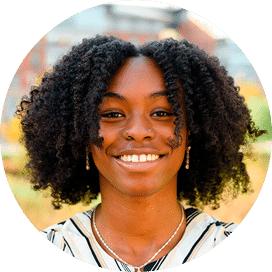
Air Pollution: Black Communities are “Sacrifice Zones”
By Shaila Vester-Skinner
Shaila Vester-Skinner is a 2022 Winter Fellow at Green 2.0, and currently majoring in Environmental Science and Policy with a Concentration in Human response to climate change at George Mason University. In this blog post to mark Black Climate Week, Shaila writes about how air pollution has disproportionately affected Black and POC communities and why this needs to change. This story resonated with Shaila because as a Black woman, she doesn’t want to continue to see other POC/Black citizens endure these conditions.
In general, communities of color are more exposed to pollution across the country. The pollutants include, but are not limited to: industrial, diesel matter, construction, and so on. These pollutants affect Black and Latinx neighborhoods with concerning health conditions, and Chicago’s mayor is being asked to pass policies to acknowledge environmental racism as well. Yet, to what extent are our Black communities affected by this pollution?
There is sufficient evidence that there is a substantial difference in exposure to pollution in white/nonpeople of color communities versus Black communities. The executive director of the Little Village Environmental Justice Organization, based in Chicago, Kimberly Wasserman stated that these communities are sacrifice zones and makes clear that POC/Black neighborhoods are sacrificed for economic good, regardless of the negative impacts. The Science Advances journal states that Black communities are the only ones exposed to a greater amount of hazardous pollutants. Paul Mohai, an environmental justice professor at the University of Michigan, said, “it doesn’t matter how poor, it doesn’t matter how wealthy, the racial disparities exist for all African-Americans and other people of color.”

Johnathan Colmer, professor at the University of Virginia, and Jason Hill, a professor of bioengineering systems at the University of Minnesota, suggest that there is a bias against people of color based on racial disparities and the impact of air pollution in the country. Mohai stated that “racism isn’t just about racial animus. It’s about not caring about the welfare of people of other races.”
There is a high volume of industrial production within Black/POC communities in contrast to white communities. These communities also lack proper medical care, which poses an even greater threat. The possible health conditions that correlate with air pollution include asthma, lung/heart disease, and irregular heartbeat.
Black voices deserve to be heard and could benefit from government aid. Another example of extreme air pollution is in Bakersfield, California. The Chicago Tribune writes that Bakersfield has a total population of 900,000 and 67% of the population are people of color. Bakersfield has been on the top five list of most polluted cities in the U.S since 2020.
Nobody should be exposed to pollution that causes health problems and lessened life spans. No ethnic group should be “sacrificed” because they are seen as less than. Not only does this issue concern myself and others, but it’s even more upsetting seeing other Black people living amid these poor air quality conditions. With family all over the globe, it is disheartening for me to know that Black people are continually subjected to these conditions and their health and wellbeing aren’t taken into consideration.
Some solutions that will address these inequities include local communities continuing to push for environmental justice and policies that protect their cities. Also, there are environmental committees, organizations, and legislatures working to come up with solutions that would alleviate these communities of the unhealthy, environmental exposures while making sure these neighborhoods are treated with the same privilege as others. It’s the very least that Black communities deserve.

For more information on Shaila Vester-Skinner, follow her on LinkedIn @ShaiSkinner.
